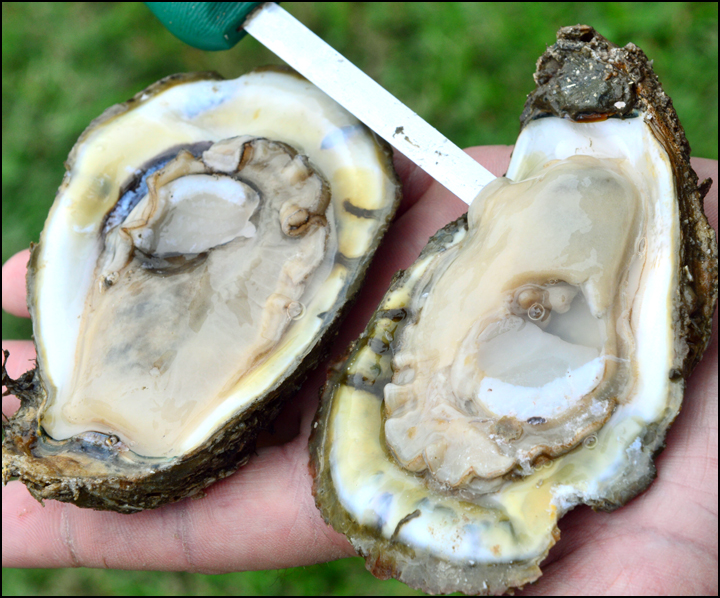Manokin River Chosen for Oyster Restoration
Ten Sites Now Selected Toward Chesapeake Bay Program Goal
 The Chesapeake Bay Program and the Maryland Department of Natural Resources are pleased to announce that the Manokin River has been approved as the 10th Chesapeake Bay tributary for large-scale oyster reef restoration. The Chesapeake Bay Watershed Agreement calls for the restoration of the native oyster population in 10 tributaries by 2025—and the Manokin River is the final tributary to be selected for this Chesapeake Bay Program partnership effort.
The Chesapeake Bay Program and the Maryland Department of Natural Resources are pleased to announce that the Manokin River has been approved as the 10th Chesapeake Bay tributary for large-scale oyster reef restoration. The Chesapeake Bay Watershed Agreement calls for the restoration of the native oyster population in 10 tributaries by 2025—and the Manokin River is the final tributary to be selected for this Chesapeake Bay Program partnership effort.
The Manokin River joins four other large-scale Maryland oyster restoration sites: Harris Creek, Little Choptank, Tred Avon, and Upper St. Mary’s rivers. Situated off Tangier Sound, along Maryland’s Eastern Shore, the Manokin River is more than 16,000 acres and has been an oyster sanctuary area since 2010.
In addition to the Maryland sites, large-scale oyster restoration is also taking place in five locations in Virginia: Great Wicomico, Lafayette, Lower York, Lynnhaven, and Piankatank rivers.
“The Manokin River is well-situated to provide for natural and self-sustaining oyster recruitment and reproduction, which is why our scientists and the Oyster Advisory Commission recommended this location for large-scale restoration,” Maryland Department of Natural Resources Secretary Jeannie Haddaway-Riccio said. “With all restoration sites now selected baywide, we look forward to continued work with our partners to establish more oysters in the Chesapeake Bay and to meet our watershed restoration goals.”
“Oyster reefs provide needed fish habitat benefiting both the ecology of the Chesapeake Bay and the economy of the region,” said Sean Corson, acting director of the National Oceanic and Atmospheric Administration (NOAA) Chesapeake Bay Office and chair of the Bay Program’s Sustainable Fisheries Goal Implementation Team. “At NOAA, we’re delighted to have our science, technical planning, and financial support make this effort possible.”
According to the 2018 Maryland Oyster Restoration Update, 773.58 acres of oyster reefs have been restored in Harris Creek, the Little Choptank, and Tred Avon rivers. While all initial restoration work—construction of reefs and seeding with spat-on-shell oysters—has been completed in Harris Creek, work continues in the Tred Avon and Little Choptank rivers. Monitoring efforts to date, which track the health of restored reefs, show the work has been successful: A recent report notes that from 2015 through 2017, a total of 56 restored reefs in Harris Creek were monitored—and 98% of those reefs met the minimum threshold for both oyster density and biomass.

 1-888-373-7888
1-888-373-7888 233733
233733